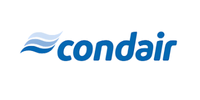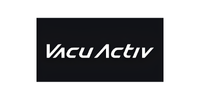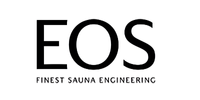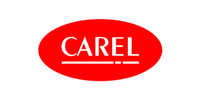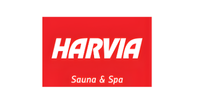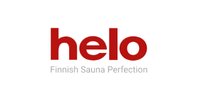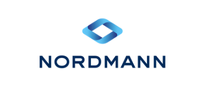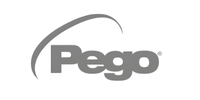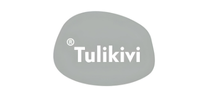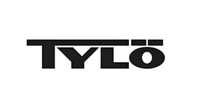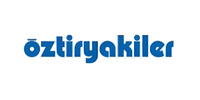Turkish Bath Manufacturing: Modern Solutions from Tradition to Future
The Turkish bath is a bathing culture that dates back to the Ottoman Empire, combining the healing power of water and steam, requiring special architectural and engineering solutions. Today, it is a wellness area demanded not only for traditional buildings but also for SPA centers, hotels and luxury villas.
2025
1. Project Design and Technical Design
The first step in the project design phase is to clarify the objectives and scope of the investment. Here, customer expectations, usage profile (e.g. residence, spa, hotel), functional requirements and budget limits are defined. This information forms the basis for determining the size of the project, indoor space and volume calculations, infrastructure connection points and acoustic/hygiene requirements of the space.
2025
2. Architectural and Static Design
Architectural Drawings: In CAD or BIM platforms, domed ceiling heights, umbilical stone locations, cedar areas and circulation floors are modeled. Structural Calculations: Concrete and steel reinforcement details are created by calculating the loads to be carried by the supporting columns and beams, marble sub-surface slabs and ceiling domes.
2025
3. Material Selection and Technical Specification
Surface Materials: Satin marble, travertine or high-strength granite; joint filling materials in accordance with hygiene requirements. Accessories: Stainless steel or brass fixed shower heads, brass faucet group and ergonomic sitting benches. Technical Specification: Compliance with ASTM, EN and TS standards, water vapor permeability coefficients and slip resistance values are written in detail.
WDT
4. Approval Processes and Legal Regulations
Municipal Zoning Permit: Project sketch, static calculation summary and installation diagrams are submitted. Fire and Electrical High Current Permits: IBB or district municipality fire brigade and electrical engineering approvals are obtained.




